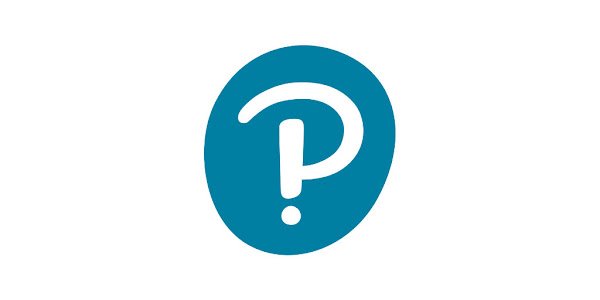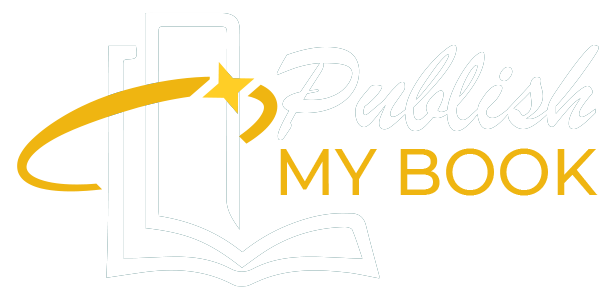
Picture this: you’re sitting in a crowded lecture hall, flipping through a worn-out textbook that cost more than your weekly groceries. The pages are scribbled on, the font is small, and every update to your course material means buying a brand-new edition. For decades, this has been the norm for students around the world. But not anymore. Today, education is undergoing a seismic shift. The dusty shelves and heavy backpacks are slowly being replaced by sleek devices and digital platforms. With its dynamic range of Pearson eBooks, the company is changing not just how students read, but how they learn, interact, and retain information.
Unlike the traditional model that limits access to content and forces students into rigid formats, Pearson’s approach feels liberating. Its eBooks are interactive, customizable, and, more importantly, accessible anytime, anywhere. Whether you’re a college student preparing for finals or an adult learner juggling work and school, these digital tools are making it easier to stay engaged and on track. This isn’t just about technology, it’s about empowerment. In a world where flexibility is key, Pearson’s eBooks are proving to be more than just digital versions of printed books; they’re catalysts for educational transformation. So, how exactly are Pearson eBooks reshaping the future of education?
Pearson eBook: The Rise of the Digital Textbook
Pearson’s transition into digital content didn’t happen overnight. As one of the most established ebook publishers, the company recognized early that student needs were changing. Physical textbooks were expensive, often outdated, and lacked interactivity. With the growing demand for accessible and affordable learning, Pearson embraced the shift to eBooks, offering smarter solutions that go beyond just digitizing content.
These eBooks include embedded videos, interactive quizzes, annotation tools, and real-time updates all of which support different learning styles. For readers who prefer bite-sized content, interactive summaries and highlights offer a more focused approach. By making learning more engaging, Pearson is not only keeping up with the digital age but actually setting the pace for other publishers to follow.
Accessibility and Affordability
Traditional textbooks can be outrageously priced, and updates are slow to arrive. For students who are already struggling with tuition and living expenses, shelling out hundreds of dollars for a few books each semester just isn’t sustainable. Pearson Books change that equation. By offering digital rentals, subscriptions, and bundled access, Pearson significantly lowers the financial burden. Many students now pay a fraction of what they would for print materials while gaining access to constantly updated content. In some cases, students can even access full eBooks on mobile phones, tablets, or laptops without having to wait in line at the campus bookstore. This new model doesn’t just benefit learners, it creates opportunities for self publishers and educators who want to publish my book digitally and reach a broader audience.
Empowering Educators and Independent Authors
It’s not just students who are benefiting from the digital revolution. Teachers, professors, and even independent authors are finding new opportunities through Pearson’s platform. For educators, Pearson’s digital tools allow for real-time tracking of student progress, interactive assignments, and personalized content. Meanwhile, aspiring authors who once struggled with traditional publishing routes are discovering the potential of self publishing in education.
Pearson’s status as a trusted ebook publisher gives credibility to digital content, and the accessibility of their platform means more voices can enter the academic conversation. For self publishers looking to make a mark in educational content whether it’s supplementary materials, guides, or course-specific texts platforms like Pearson provide the ideal ecosystem to publish my book and see it actually reach learners worldwide.
Flexibility for the Modern Learner
Many are working while studying, attending classes online, or even pursuing education in non-traditional settings. The 9-to-5 classroom schedule simply doesn’t work for everyone anymore. Pearson Books meet learners where they are. Whether it’s midnight study sessions or reviewing a concept during a commute, digital access means students can engage with their material on their own time. Tools like highlighting, text-to-speech, and mobile reading ensure that the experience adapts to the user not the other way around.
This shift reflects a broader trend: education is becoming more flexible, more personalized, and more inclusive. Pearson’s eBooks are not just keeping up with this trend, they’re driving it.
Pearson eBook: The Future
So, what’s next for Pearson eBooks and digital education? The future looks even more promising. With artificial intelligence, machine learning, and data analytics integrated into digital learning platforms, eBooks are evolving from static content into intelligent companions. Imagine a textbook that adapts to your pace, identifies your weak spots, and recommends additional resources in real time. Pearson is already laying the groundwork for this level of personalization. Features that support students with disabilities like screen readers, adjustable fonts, and alternative text are built directly into Pearson eBooks. That’s not just innovation, it’s equity.
To sum up, in a world where education is evolving at lightning speed, Pearson eBooks are more than a convenience, they’re a necessity. They offer a flexible, affordable, and dynamic way to learn that fits the reality of modern life. For students, educators, and even independent authors exploring self publishing, Pearson provides the tools, support, and reach to succeed in the digital age. So whether you’re looking to learn smarter, teach more effectively, or publish my book to make a lasting impact in education, Pearson Books are opening doors we didn’t even know existed a decade ago.
